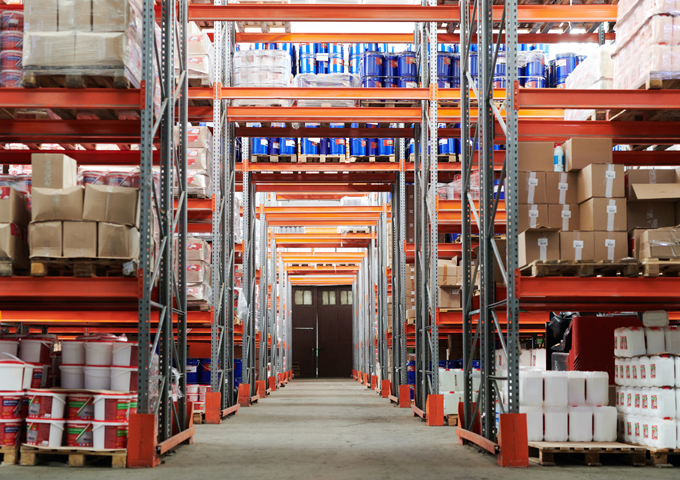Issues With Normal Packaging
Are There Issues with Standard or Normal Packaging?
The protection of products, and shipping merchandise, is why packaging is primarily used. Packaging is typically made to provide convenience for the buyer, and it will likely involve the shipment of disposable items or food. Most packaging is made from a material called polyethylene. It can be developed in certain ways:
- Polyethelene terephthalate: When drinking a beverage and a bottle, it is often made from this material. It is a widely recycled material, more so than any other type of plastic.
- High-density polyethylene: when you purchase laundry detergent, motor oil, or shampoo, it is often made with this heavier type of plastic.
- Low-density polyethylene: plastic bags, and various types of plastic film, are made from this type of polyethylene. It is also recycled heavily.
- When using these different types of plastic, it is often a part of products that you buy or the bags that you use when obtaining products like clothing.
Most people are aware that plastic is recycled worldwide. However, is this happening as much as it should? The answer is no. 70% of all recyclable plastic, specifically in Europe, can end up in the ocean or a landfill.
If you are using packaging that is not environmentally friendly at all, this has to do with the manufacturing process. The material used, which is often refined crude oil, degrades in a way that can be harmful to the environment. Some of it can last for hundreds of years, and when it does decompose, bisphenol A and other toxins are often released which can affect animals and their hormones.
People will also ask whether cardboard or paper is recycled. Aren’t these eco-friendly materials? Both of them are, to some degree, but not as much as you would imagine. Globally traded wood, for example, represents 40% of the paper and pulp industry. It also represents several million hectares of wilderness forest.
In order to address these issues directly, eco-friendly packaging is the best alternative.
Understanding Eco-Friendly Packaging
There is an organization called the Sustainable Packaging Coalition which is responsible for monitoring sustainable packaging that is eco-friendly. They have created many rules regarding these materials which refer to the following questions:
- Are they safe for communities and individuals that use them?
- Does it meet cost and performance standards?
- Can renewable energy sources be used when these materials are recycled, transported, sourced, or even manufactured?
- Can you optimally recycle materials?
- Are the best technologies and practices being used in manufacturing?
- Is the material made from non-toxic materials?
- Is the material designed and manufactured appropriately?
Effectively, this group is focused on looking at industrial closed-loop cycles and the biological effects of using these materials on the public.
Effectively, they want all of these materials to be biodegradable, and eco-friendly, and they also need to be recycled.
You will find a box storage unit in Farnborough. It provides self-storage solutions for customers for storage facilities clean, dry, and secure.
Eco-Friendly Packaging And the Environmental Benefits of Using This Material
The Reduction of Carbon Footprints
Any product that is made from recycled materials can minimize the carbon footprint in our world. When using cereals such as bamboo, recycled cardboard, or even FSC-approved materials, these products can actually pull carbon directly out of the environment. The objective is always to become carbon neutral for all businesses, and that’s why using these eco-friendly packaging options is the best solution.
Biodegradable
When processed from natural materials, products that are discarded will be biodegradable. When using plastic, does not degrade very well, taking thousands of years to do so, and can produce an assortment of chemicals that are harmful to people. Instead, when using eco-friendly packaging, these materials are not only sustainable but are compostable as well.
Easy to Dispose
Businesses in Europe, as well as in the United Kingdom, have specific locations and services that are charged with monitoring the disposal and recycling of these materials. As long as the material is separated from other products that cannot be recycled, this process can occur in a much more streamlined fashion.
Absence of Harmful Toxins
Materials such as crude oil, which is the most common material used in the production of plastic, is a nonsustainable petrochemical that can be very harmful to the environment in terms of disposing of it, distributing, and extracting from the environment.

